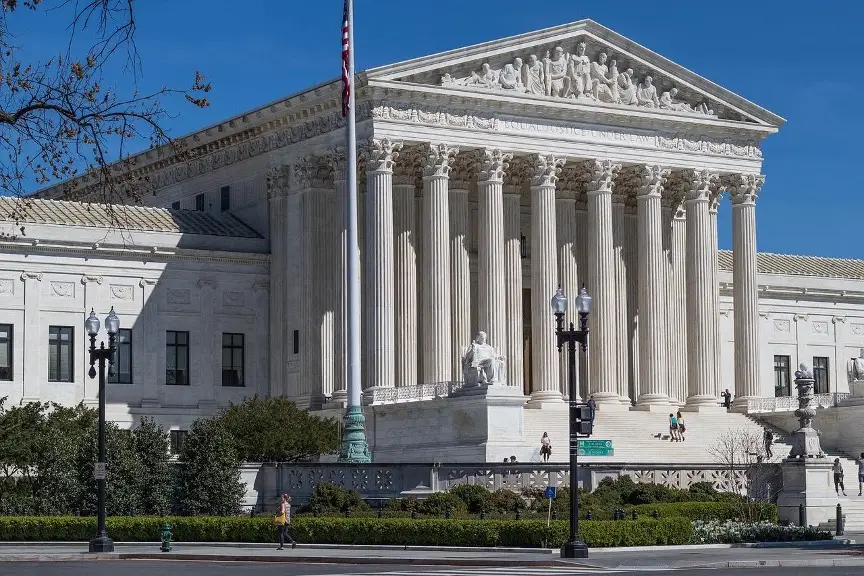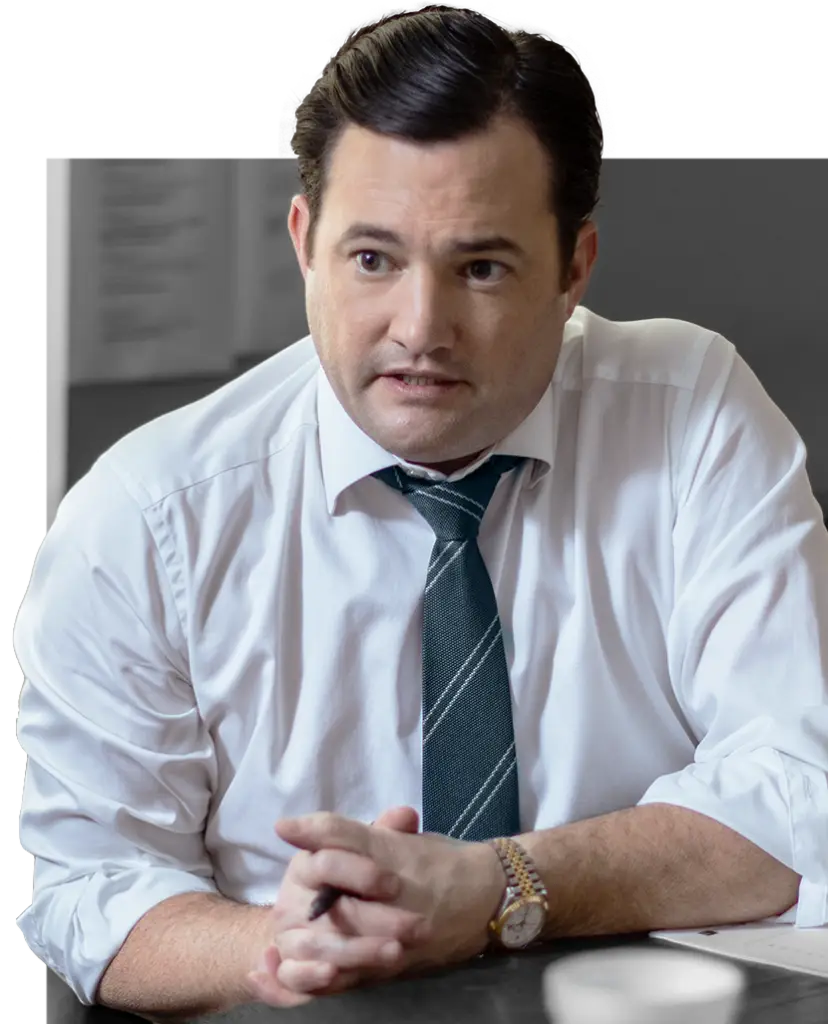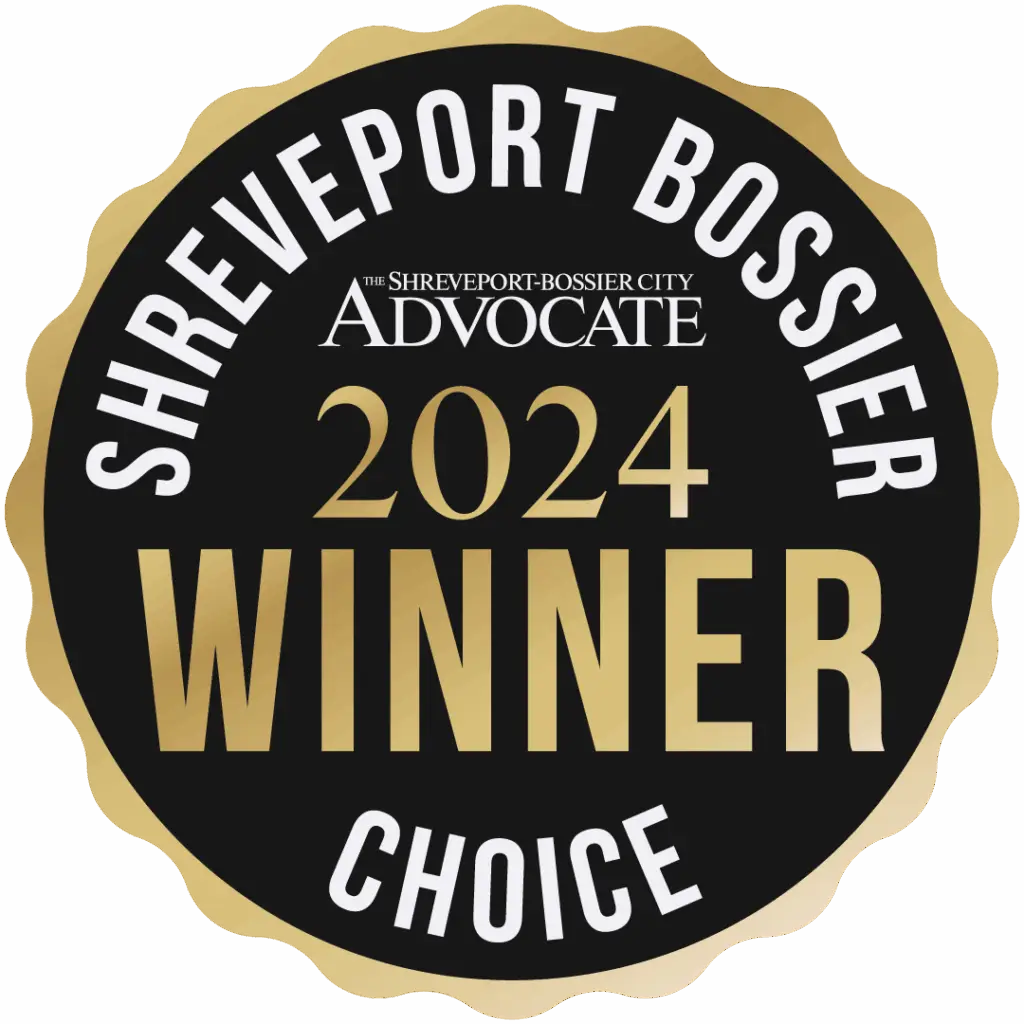This is the story of Andy Warhol and Prince in a copyright battle extraordinaire that went all the way to the U.S. Supreme Court to determine the idea of fair use in copyright. Most of the time, you cannot use someone else’s copyrighted picture, movie, book, or song. You have to ask for permission and usually pay money. However, you can use it for free if your use qualifies as fair use.
Fair use encourages creativity, scholarship, education, and more by creating a very narrow exception to copyright. Here, the Andy Warhol Foundation argued that its use of Lynn Goldsmith’s portrait of Prince qualified as fair use. The Supreme Court said it did not. We will go through the case and talk about what happened, why the Supreme Court decided the way it did, and the wider implications.
Events on the Ground
In the early 1980s, Lynn Goldsmith, a rock photographer of note, took a portrait photograph of Prince. She sold the use of this photo to U.S. News and World Report. In 1984, Vanity Fair wanted to use this photo as the basis for an Andy Warhol print to run with an article about Prince. Goldsmith sold it the right to use the image for $400. This picture was the basis of a print called “Purple Prince.”
Goldsmith did not know that Warhol kept making more prints, ending up with 14 prints of Prince and two pencil sketches. These pieces of art were sold to museums and private collectors. Four stayed in the Warhol Museum in Pittsburgh. Interestingly, this case does not apply to any of them, except “Orange Prince” (discussed below).
The following years were not kind. First, they brought the death of Andy Warhol. Warhol’s affairs moved over to the Andy Warhol Foundation for the Visual Arts (AWF). Then, Prince died as well.
Upon Prince’s death, Conde Nast decided to create a special Prince magazine and put an Andy Warhol print on its cover. The AWF received $10,000 for the use of this print.
Goldsmith was out one day, saw the print on the cover of the magazine, and noticed that the base of the design was hers, and that she wasn’t paid for this print. Her lawyer sent a letter to the AWF questioning what was going on.
After this, the AWF decided to take the initiative and sued Goldsmith. It wanted to get a declaratory judgement that its use of this print was fair use, or noninfringement. The AWF claimed that because the new prints were “entirely new creations,” Goldsmith could not sue. Goldsmith counter sued.
Events in the Courts
The District Court held for the AWF on the basis that having Andy Warhol take on a portrait is almost automatically transformative – one qualifier for fair use. The Circuit Court reversed that holding, focusing on the first factor of fair use: “purpose and character.” The case went up to the U.S. Supreme Court, which limited its review to the first factor.
What Is Fair Use?
The Copyright Act gives creators a set of bundled rights to their works for a limited time. This means that if you create something new, you may use it, control who uses it, and make money from it for a set period. After that time, anyone can use it. However, some new uses are encouraged and are labeled as “fair use”. These include:
- Criticism
- Comment
- News reporting
- Teaching
- Scholarship
- Research
Kenneth D. Crews summarizes the four factors of fair use as:
- Purpose and character of the use
- Nature of the copyrighted work
- Amount or substantiality of the portion used
- Effect of the use on the potential market for or value of the work
What Is the First Factor?
But the Supreme Court didn’t work with all four factors. While it discussed some of the others, its deliberation was limited to the first one, covering “the purpose and character of the use, including whether such use is of a commercial nature or is for nonprofit educational purposes.” This creates two tests for the court to determine whether a use is a fair use exception to copyright law:
- Weighing the general purpose and character of use
- Whether the use is commercial or nonprofit
The Supreme Court moved forward to deliberate on these points and decide the fate of “Orange Prince,” Lynn Goldsmith, and the AWF.
The Supreme Court’s Decision and What it Means
In the second part of the first factor, the Supreme Court said the AWF used the image commercially. It was clearly not educational or nonprofit as the AWF had sold it for $10,000. (Out of which it could have easily paid Goldsmith.) This factor favors Goldsmith.
The Supreme Court then shifted to the first part of the first factor, the general purpose and character of use. This is the more difficult of the two to determine.
What is the Transformative Test?
The Supreme Court noted that fair use was a flexible concept that could change according to use. It went to a test about whether the use was “transformed” into something of new utility or meaning. It developed this test in its earlier case Campbell v. Acuff-Rose Music, which involved 2 Live Crew’s use of Roy Orbison’s song “O Pretty Woman” in its song “Pretty Woman.” The transformation must take the art used into a “further purpose or different character.”
The AWF claimed that Warhol’s prints transformed Prince from an uncertain young man to a larger-than-life celebrity persona. The court noted that selling photos to artists to use as the basis of an artwork is a standard practice. Both images, the photo and the print, were used to illustrate magazine articles — the same use.
For example, Andy Warhol painted Campbell’s soup cans. Campbell’s logo is used to sell soup. Warhol’s painting existed to critique consumerism and capitalism. The logo in Warhol’s work is not meant to sell soup, and thus it is transformative. Its use is fair use.
The Supreme Court noted that some derivative artwork could still be fair use. The Supreme Court didn’t see that transformation in “Orange Prince” and did not want to put other courts in the position of acting like art critics. Changed meaning in transformation was the test, instead.
What is Further Purpose?
The court said to look at something measurable: Did this transformation lead to a further purpose? The Supreme Court said that a distinct use, in and of itself, is not enough to call it a transformation, but it would be a powerful sign. The justices must look at the specific use in this case.
Here, the images had the same purpose: illustrating Prince on a magazine story, commercially. Standing alone the newer work lacked the repetition needed to make commentary. While it might have been used to comment on society, it was a picture of Prince on the cover of a magazine. So, no distinct use and no transformation. Without that, there was no fair use. The AWF would have to deal with Goldsmith to sell rights derived from her portrait of Prince.
Implications of This Case
This decision of the court largely upholds existing copyright law, meaning no changes to the general operations of things. It leans a little away from fair use and toward the first creator of an image, words, song, or other work.
Fair use is a big issue these days. A lot of press focuses on the “big guy” keeping the “little guy” down by defending copyright use. Much talk has centered on the 1989 case in which Disney sued a daycare for having Disney characters painted on its walls without permission. Still, copyright fair use can just as easily cut the other way, protecting the little guy from theft by the big guy.
Impacts for Artists and Creators
If you are an artist or creator, this case underlines your control of your own work. If you want your work to be open to a greater amount of use, you can always look to the Creative Commons for more open copyright styles. Or you can grant each use one at a time, for pay or without it. You have the tools to allow use based on your desires.
If you find someone using your material without your permission, and you suspect copyright infringement, you can call a lawyer. Often, a letter from a lawyer will clear things up without ever involving the courts. These incidents are more often an oversight or misunderstanding than blatant theft. But a lawyer can take it to court if necessary.
Sources
Andy Warhol Foundation for the Visual Arts, Inc. v. Goldsmith et al. No. 21-869 (May 18, 2023). www.supremecourt.gov/opinions/22pdf/21-869_87ad.pdf
Campbell v. Acuff-Rose Music (92-1292), 510 U.S. 569 at 577–578. (1994). supreme.justia.com/cases/federal/us/510/569/case.pdf
Copyright Act 17 U.S. Code § 106 Exclusive rights in copyrighted works. Cornell Law School. Legal Information Institute. www.law.cornell.edu/uscode/text/17/106
Copyright Act 17 U.S. Code § 107 Limitations on exclusive rights: Fair use. Cornell Law School. Legal Information Institute. www.law.cornell.edu/uscode/text/17/107
Creative Commons. 2023. creativecommons.org
Crews, Kenneth D. “Copyright Advisory Services: Fair Use.” Columbia University Libraries. copyright.columbia.edu/basics/fair-use.html
Elwood, John. Mar. 23, 2023. “RELIST WATCH: Andy Warhol’s artwork, Arizona’s capital sentencing, and more on armed career criminals.” SCOTUS Blog. https://www.scotusblog.com/2022/03/andy-warhols-artwork-arizonas-capital-sentencing-and-more-on-armed-career-criminals










